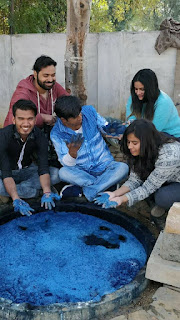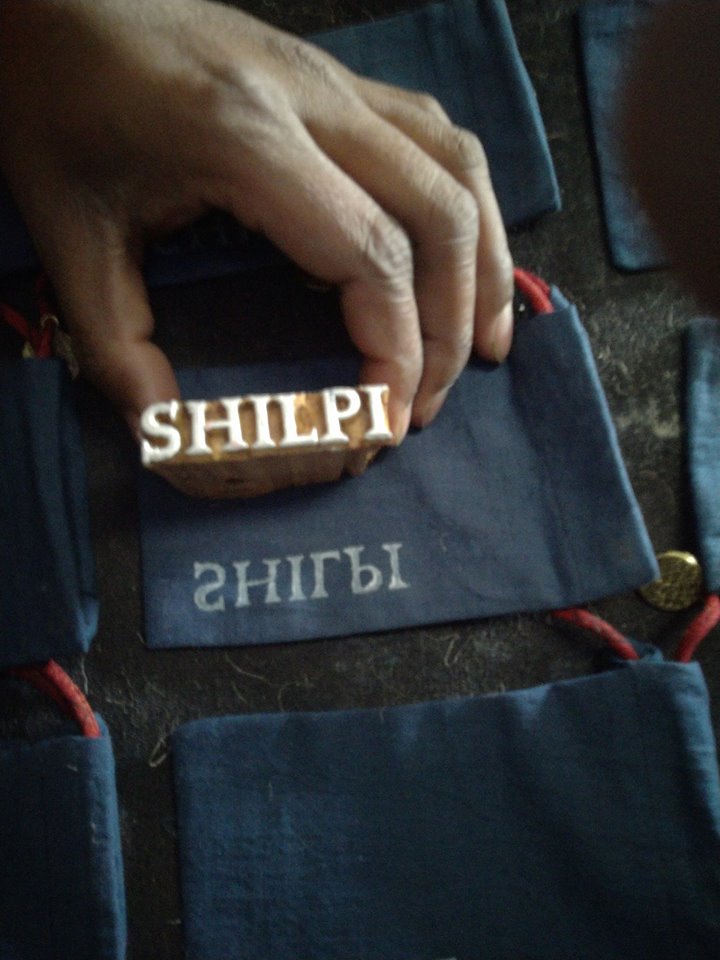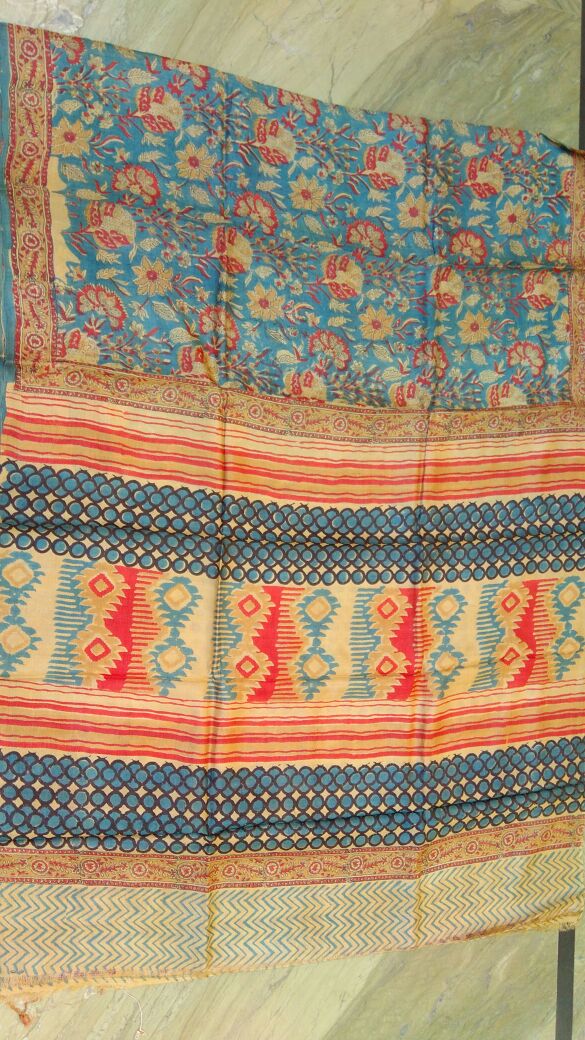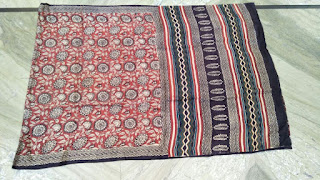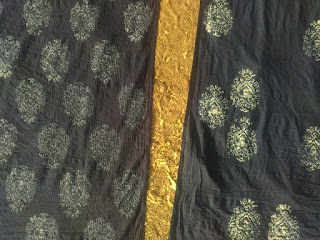इंडिगो डाई (नील रंग) ने डेनिम को एक अद्वितीय रुप दिया:
यह अन्य रंगों की तरह कपास (धागे) में प्रवेश नहीं करता है, धागे के उपर रहता है। रंग समय के साथ फीका पड जाता हैं,जिससे कपड़े अद्वितीय हो जाते है।
सतत denim डेनिम satat (sustainable)धारणीय environmentally-responsible fabric पर्यावरण के लिए जिम्मेदार कपड़े
"Our BLUE DENIM fabric is GREEN " Made on a Handloom, Dyed with Natural Indigo with organic fermentation Our denim is soft, luxurious, sustainable and makes a whole lot of dyers weavers "Happy"
significant marriage bitween handloom denim with natural indigo
सतत denim डेनिम satat (sustainable)धारणीय
a hard-wearing cotton twill fabric, typically blue and used for jeans and other clothing मोटी बुनाई का मज़बूत रंगीन सूती कपड़ा sustainable and eco-freindly clothing, handloom denims are much softer than mill made denims in comparison.has a unique texture and breathes well and helps feel cool in summer and retain body warmth in winter.
The word "denim" comes from the French word "serge de Nimes", as it is a heavy duty fabric which originated in Nimes, France. It is traditionally woven with 100 percent cotton.
environmentally-responsible fabric पर्यावरण के लिए जिम्मेदार कपड़े
At present what raises concern is the reduction technique in indigo dyeing. The use of sodium hydrosulphite as a reducing agent is associated with several environmental issues.
Alternate reducing systems have been explored, such as organic reducing agent, biological reduction.
Handloom denim
A recent development in the making of denim fabrics, handloom denims are much softer than mill made denims in comparison. It’s an imitative by denim club to promote and popularise the concept of sustainable and eco-freindly clothing. Denim made on handlooms is softer than mill made denim, has a unique texture and breathes well and helps feel cool in summer and retain body warmth in winter.
Energy impacts of handloom denim are almost zero, no energy is consumed either in the weaving processes or in forms of transportation of weavers to their place of work, thus resulting in a fabric with very low carbon footprint. Handloom denim is a true eco- friendly fabric as it does not require any kind of chemical washing post the weaving stage. The inherent softness and wear ability of the fabric eliminates the need for any kind of distressing or softening of the fabric or garments and no use of harmful chemicals or acids is required at all. Garments and other items made out of handloom denim can be used by infants, kids and everyone with a soft and sensitive skin due to the fabric being chemical free and soft.




























































































































































